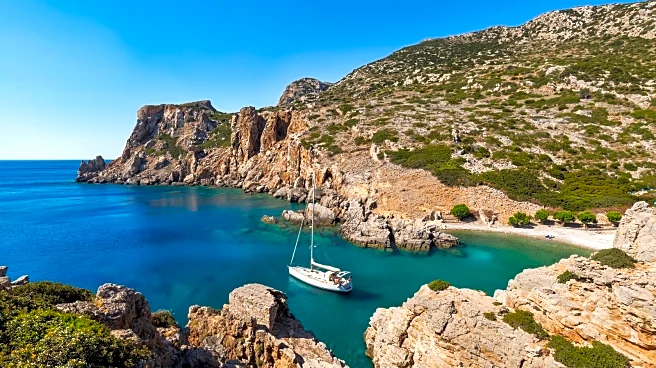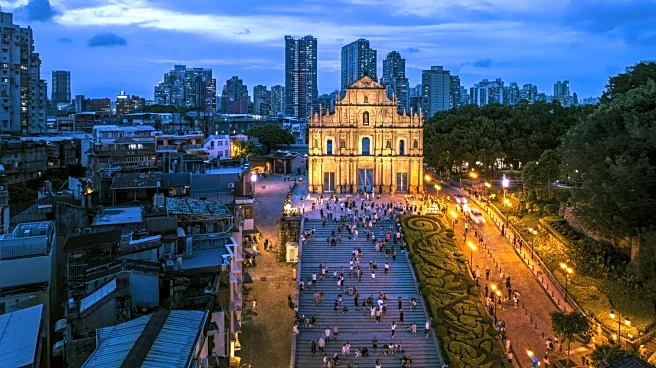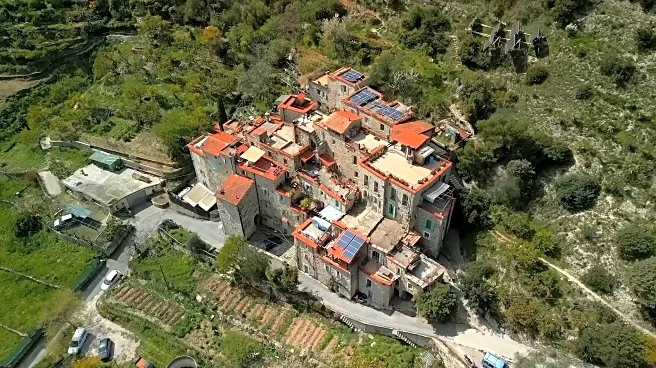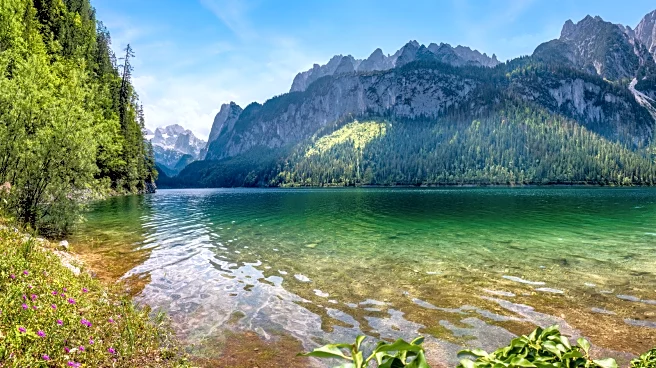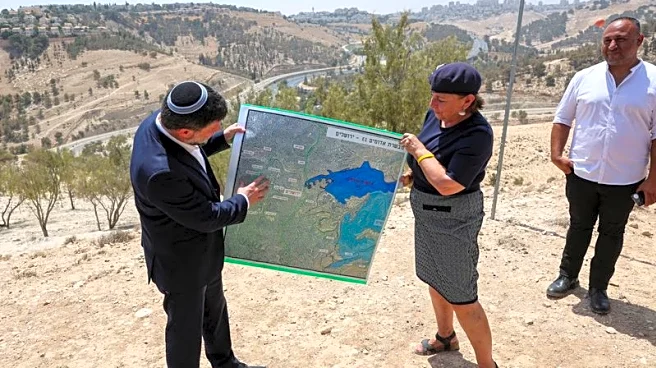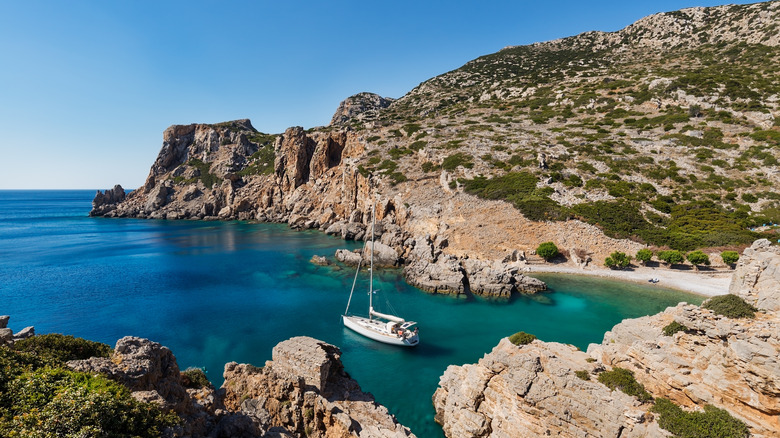
Greece is undeniably one of Europe's hottest summer getaways — just missing the podium of Europeans' go-to midyear destinations (it ranks fourth after Spain, Italy, and France), while also standing tall as a favorite among travelers worldwide. With history around every corner, stunning beaches like Psili Ammos on Patmos Island (one of the continent's best-kept secrets), and a globally celebrated culinary culture, it's easy to see why. But what makes the country a dream escape can also make it overwhelmingly
crowded. Spots like Santorini, Mykonos, and Crete, the country's largest island, get so packed in peak season that traffic jams aren't limited to the roads — you'll find them at ferry terminals, in restaurant queues, and even on the beaches.
Luckily, you don't have to give up your "Mamma Mia" dream to find some peace. Take the wild and windswept island of Saria, a roughly 8-square-mile patch of land nestled in the Dodecanese archipelago, just a stone's throw north of Karpathos, an underrated alternative to Santorini. The island, uninhabited except for grazing goats and the occasional shepherd, can only be reached by boat from the Karpathos villages of Pigadia and Diafani.
If you're ready to embrace a day of adventure, you've got options: dazzling Aegean waters at tranquil beaches like Palatia and Alimava; unexpected wildlife encounters — with some luck, you might spot the fascinating Mediterranean monk seal; and scenic hikes along rugged trails that lead to Byzantine ruins and pirate coves.
Read more: The Most 'Overtouristed' Places In Europe
Hiking Through Saria Island's Wonders

Though Saria Island has no permanent residents, boredom is the last thing you'll experience here. In peak season, organized boat tours depart daily from either the village of Diafani in the north of Karpathos or from Pigadia. The latter is located farther south on Karpathos, resulting in a significantly longer trip to reach Saria. Boats typically land at the beautiful Palatia Beach, near the island's well-known church ruins. Although the ride from Diafani is short (around an hour to an hour and a half long journey), many tours include extra stops and activities, making it a full-day outing.
Once there, you can start your day by exploring one of the island's most famous natural features, a stunning gorge carved by the Endi River, accessible via a well-marked trail starting near Palatia Beach, and passing by the picturesque church of Agia Sophia, likely built on the remnants of a 5th-century Christian building. The hike is moderately challenging, and the terrain is rugged and occasionally steep, so bring a pair of sturdy shoes.
Following the same trail, you will then come across the ghost village of Argos, which comprises approximately 30 stone buildings. The village was inhabited until the late 20th century, with official records showing the last residents left in 1991. Further north, perched on a ledge overlooking the sea, stands the white chapel of Agios Zacharias — one of the three most remarkable religious buildings on the island (the other two being Agios Panteleimonas and Agios Spyridonas, which are located in the island's south). The trek from Palatia Beach to Argos and back takes around an hour and a half.
Beaches, Birds, And Botanicals On Saria Island
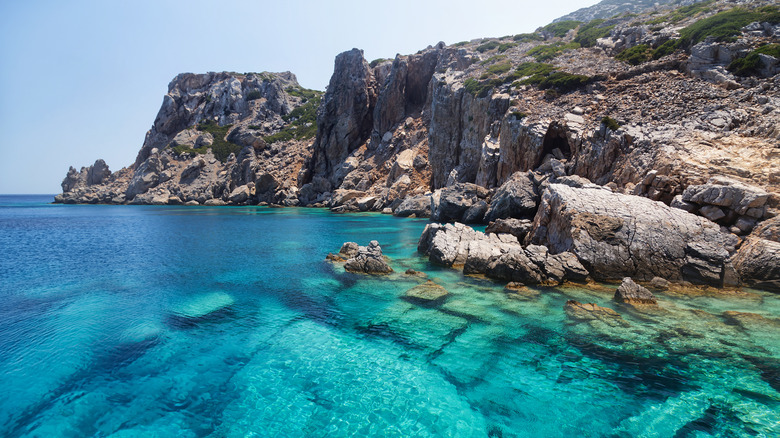
After hiking, it's time to unwind on some of Saria's pristine beaches. Palatia Beach features pristine, hypnotic blue waters that are ideal for swimming or snorkeling. For something more secluded, opt for Alimounda Beach, a calm, pool-like cove on the southern coast, surrounded by cliffs that make for a perfect way to end the day before heading back to Karpathos.
Saria is also a paradise for wildlife enthusiasts. Keep your eyes peeled and you might see rare raptors like graceful Eleonora's falcons, long‑legged buzzards, and majestic Bonelli's eagles — part of the island's rich fauna and flora that have earned Saria its protected status under the European Union's Natura 2000 network. Yet the island's marvels are not confined to the skies. The rugged ground is carpeted with resilient Mediterranean shrubs, including conhead thyme, Cretan cistus, Phoenicean juniper, and Carpathian statice. Saria's unique geology and microclimate also support a wealth of endemic species, including colorful Carpathian campanula and delicate Carpathian wallflowers.
While most travelers find the island's raw beauty and eerie silence unforgettable, others may view its total lack of facilities — including cafés, shops, or even shaded beach bars — as a downside. Be sure to consider the island's rough edges, especially if you're traveling with young children or anyone with specific medical needs or mobility limitations. Make sure to bring plenty of water and snacks to refuel after a long day in the wild (some boat tours also include lunch, which is always a nice bonus).
Ready to discover more hidden gems and expert travel tips? Subscribe to our free newsletter for access to the world's best-kept travel secrets.
Read the original article on Islands.
